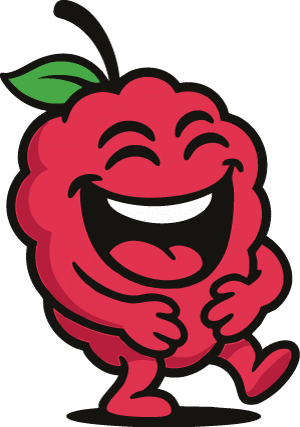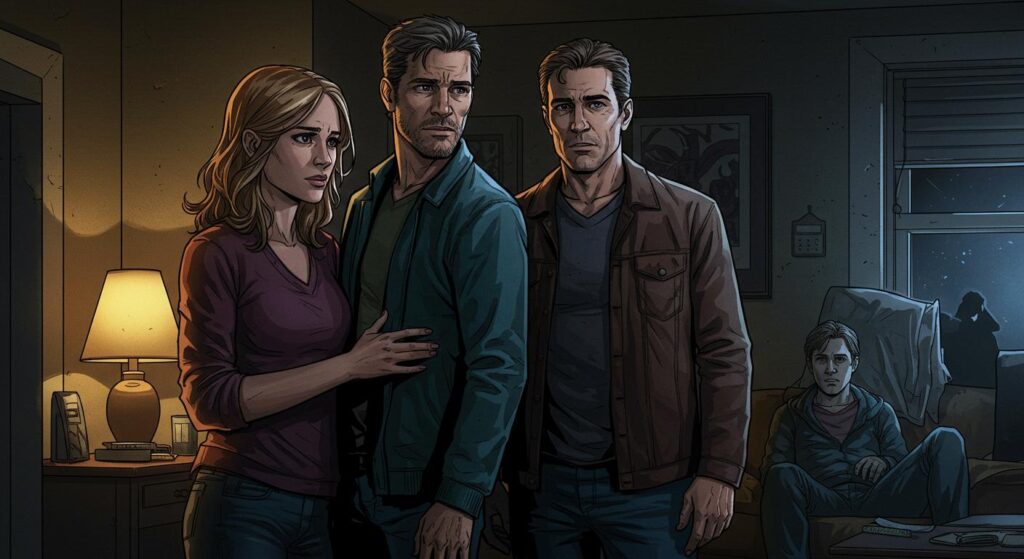Anyone who’s spent more than five minutes in Millennium Park has probably gazed up at Cloud Gate—Chicago’s chrome behemoth better known as “The Bean”—and wondered what, if anything, is going on inside that mirror-finish shell. But this summer, the city found itself tangled in a strand of urban legend so gleamingly odd that it rivals the sculpture itself: a bona fide protest movement, protest signs and all, loudly insisting there’s a man trapped inside the Bean, and that he’s been there for two decades.
The Allegation Heard ‘Round the Internet
According to a playfully detailed piece by Artnet News, the saga began when a group called “Man in Bean” appeared at the opening of Lollapalooza, right outside the Bean, clad head-to-toe in black and brandishing signs that blared demands for the “immediate release of the man trapped inside the Bean.” Their pamphlets described a scenario that winks at both Kafka and performance art: in 2004, Anish Kapoor allegedly placed a baby inside Cloud Gate, and that child has now endured “complete isolation” behind a one-way mirror, kept alive by “air and food vents” hidden in the sculpture’s base. Protesters handed out this story with a straight face, but did so while referring to a person visible only when sunlight “hits the Bean just right,” revealing a faint silhouette. The coalition also argues that periodic construction work isn’t ordinary maintenance but rather “covert operations” to smuggle rations to the unfortunate occupant.
A protest video, quickly racking up close to 400,000 views, shows a group intoning: “We’re loud, we’re mean, there’s a man in the Bean! We’ll scream, we’ll shout—Anish Kapoor, let him out!” as recounted by The Art Newspaper. Thanks to this blend of absurdity and earnestness, the coalition’s Instagram presence grew to more than 33,000 followers in just a matter of days.
Earnest Satire, or Earnestly Not Satire?
Once a story like this starts rolling, the line between performance, parody, and sincerity blurs faster than a reflection in polished steel. The Man in Bean group, questioned by media outlets, has continually insisted that their crusade is no joke or meme. In a particularly impassioned statement to Time Out Chicago recounted by The Art Newspaper, they declared: “THERE IS a man trapped inside of the Chicago Bean. This is fact… We are not performative, we are not satirical and we are not a meme.” Journalists questioning the veracity of the claim are accused of belonging to “Big Bean Media”—a phrase refreshingly unfamiliar to mainstream discourse—supposedly complicit in covering up the fate of the supposed Bean denizen.
The campaign’s momentum even enticed outsiders to join in. The Art Newspaper describes how Lou Malnati’s, a local deep-dish pizza institution, left a tongue-in-cheek comment online, insisting that drivers have delivered directly to a “Man in the Bean”—though, lamentably, the delivery app’s character limit prevented the customer from completing their surname. Not to be outdone, Stuart Semple, a British artist with a well-documented rivalry with Kapoor over artistic pigment, hopped into the comments and simply cheered, “He must be released!! ❤️”
A Civic Response With a Raised Eyebrow
Understandably, Chicago’s city officials have found themselves fielding questions about a situation that is, to put it mildly, not covered in the municipal manual. Brendan Reilly, alderman for the 42nd Ward (home to the Bean), offered his own brand of deadpan assurance that, while tongue-in-cheek, underlines the challenge of navigating viral folklore. In a response captured by both Artnet News and The Art Newspaper, Reilly confirmed, “a man has not been trapped inside Cloud Gate (aka ‘the Bean’) for the past 21 years. In fact, the man was freed years ago.” He escalated the absurdity in classic Chicago style, neither confirming nor denying the possibility that Soldier Field is secretly a flying saucer imported from Area 51.
Yet, the joke has its limits—and public officials evidently have them, too. Reilly expressed that his office had experienced a spike in constituent calls about Bean-related captivity, crowding out, if only for a moment, more routine city governance. When internet satire and civic reality collide, who comes out shinier?
Why Is the Bean Perfect for This Kind of Legend?
You might ask: of all the city’s public sculptures, why did the Bean become the locus for this particular modern myth? Both Artnet News and The Art Newspaper point out that Cloud Gate, with its impenetrable yet highly visible surface and walk-in accessibility, is the ideal playground for speculation. Its glowing, selfie-ready exterior provides an inviting surface for projection—literal and metaphorical, apparently.
As footnoted by The Art Newspaper, this isn’t the first time the Bean’s blank slate has inspired creative Chicagoans and online jesters: prior memes have involved everything from declaring it would be dressed as a ghost for Halloween, to plans for Windex cleanings, to fake announcements that the entire structure would be rolled into Lake Michigan to “test its flotation.” The sculpture’s very design—so reflective and so utterly sealed—has essentially made it a Rorschach test for collective imagination.
The Chrome Reflection, Staring Back
Stepping back (figuratively, if not physically, since Cloud Gate attracts approximately 25 million visitors a year), it’s hard not to appreciate the peculiar cultural function of stories like the Man in the Bean legend. As The Art Newspaper notes, the piece is “ripe for such satire.” Its shiny, mysterious nature seems to demand explanation—or, failing that, a good story. Maybe it’s only natural to fill in the blanks with outlandish conspiracies, especially when the facts staring back at us are, quite literally, our own warped reflections.
So, no, there probably isn’t a solitary man living behind stainless steel plates and “one-way mirrors.” But the story lingers because it’s a playful reminder that even the most familiar city landmarks can house a world of secrets—if only in rumor, or in the minds of those determined to look beyond the surface. Has anyone actually checked? Do we really want the answer, or do we just like having the question?
Now, the next time you find yourself at the Bean, staring into its chrome depths, you might just pause and wonder—does the magic lie in what’s inside, or what we imagine might be? Maybe it wouldn’t hurt to check. Just in case.







